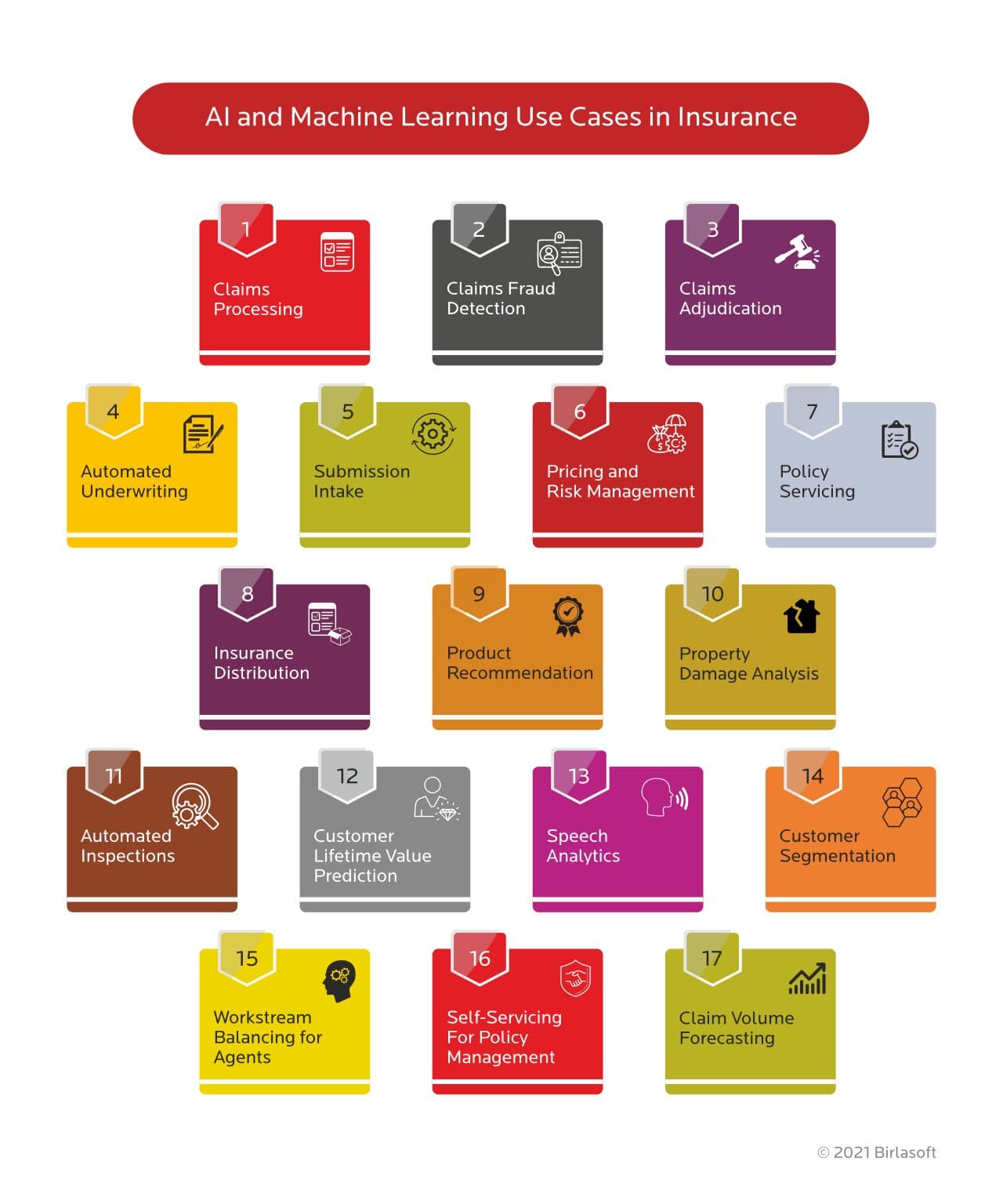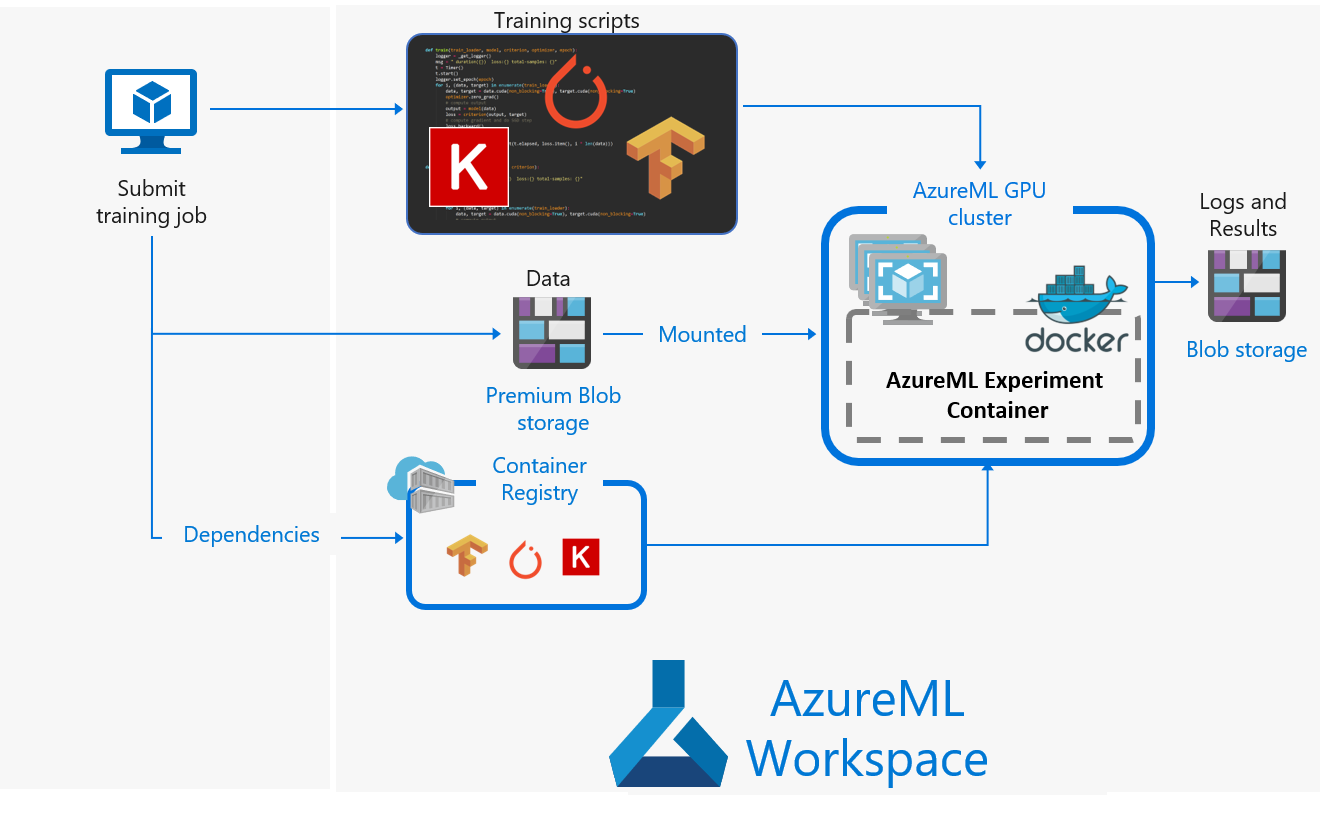
Python Fast Ai (Jeremy Howard, Sylvain Gaugger) is an AI software program that you may have already seen if you are looking for one. What is the real scoop? Is it really possible for this program to work? Does it show you how to apply deep learning techniques to your own programs? Continue reading for a detailed review of Python Fast Ai. This review will prove to be a valuable resource. This book will help you build an AI program.
Jeremy Howard & Sylvain Gugger
Fastai is a great resource for anyone looking for a Python guide to Machine Learning and Deep Learning. Soumith Chantala, founder of Python's popular open source machine learning library PyTorch has written a foreword to this book. It contains code examples as well as a downloadable course and helper repository. Fastai is dedicated to making AI more accessible and democratic.

Jeremy Howard
This Jeremy Howard review of Fast AI is a look at a book that will help you understand the basics of Artificial Intelligence, and how to use it in Python. Deep Learning is an emerging field where machines are able to recognize patterns and make predictions. Jeremy Howard (Co-founder of Kaggle) is a well-respected AI expert who has published numerous books about the subject. For Jeremy Howard's lectures, you must have a high school diploma in math and one year of coding experience. Knowing Python is a plus.
Sylvain Gurgger
Deep Learning for Coders is a complete guide for programmers who want to learn Deep Learning. Written from a top down perspective, the book begins by creating a simple app and builds upon it. From there, the author moves on to cover deep learning algorithms and how to write complex programs. Fastai and PyTorch can be useful tools. However, I would like to see more examples of how these concepts are applied in real-world applications.
Python Fast Ai
Python Fast Ai might be a good book to read on machine learning and artificial Intelligence. This book is suitable for both novice and advanced coders. Although it covers a lot of material, there are some flaws. The authors insist that they are aware of the needs and wants of novices.
Chapters
In the first chapter you'll learn the basics of AI. It will cover the history, theory, prerequisites, and application of AI. This chapter will cover the details of artificial intelligence. Chapter 2 discusses the technicalities of embedding Machine Learning models into online applications. The last chapter contains examples and case studies of applications created using the techniques described in this book. Here are some chapters you should pay attention to.

Learning material
If you are looking for an easy overview of AI, then a book is the best choice. Python Fast Ai is probably the best book about this subject. The authors are Python Fast Ai non-coders that understand deep learning as well as Python. The book also covers many basics of deep learning. The book provides information on activation functions, stochastic grade descent, and other basic concepts of deep learning. PyTorch will be the underlying software to fastai.
FAQ
What are the possibilities for AI?
Two main purposes for AI are:
* Predictions - AI systems can accurately predict future events. For example, a self-driving car can use AI to identify traffic lights and stop at red ones.
* Decision making - Artificial intelligence systems can take decisions for us. So, for example, your phone can identify faces and suggest friends calls.
Who was the first to create AI?
Alan Turing
Turing was born in 1912. His father, a clergyman, was his mother, a nurse. At school, he excelled at mathematics but became depressed after being rejected by Cambridge University. He took up chess and won several tournaments. After World War II, he worked in Britain's top-secret code-breaking center Bletchley Park where he cracked German codes.
He died in 1954.
John McCarthy
McCarthy was born 1928. McCarthy studied math at Princeton University before joining MIT. The LISP programming language was developed there. He had laid the foundations to modern AI by 1957.
He died in 2011.
How does AI work?
An artificial neural system is composed of many simple processors, called neurons. Each neuron receives inputs from other neurons and processes them using mathematical operations.
Neurons can be arranged in layers. Each layer performs a different function. The first layer receives raw information like images and sounds. It then sends these data to the next layers, which process them further. The final layer then produces an output.
Each neuron has a weighting value associated with it. This value gets multiplied by new input and then added to the sum weighted of all previous values. If the result exceeds zero, the neuron will activate. It sends a signal down to the next neuron, telling it what to do.
This continues until the network's end, when the final results are achieved.
How does AI impact work?
It will change our work habits. We will be able automate repetitive jobs, allowing employees to focus on higher-value tasks.
It will enhance customer service and allow businesses to offer better products or services.
It will enable us to forecast future trends and identify opportunities.
It will enable organizations to have a competitive advantage over other companies.
Companies that fail AI implementation will lose their competitive edge.
Statistics
- In the first half of 2017, the company discovered and banned 300,000 terrorist-linked accounts, 95 percent of which were found by non-human, artificially intelligent machines. (builtin.com)
- The company's AI team trained an image recognition model to 85 percent accuracy using billions of public Instagram photos tagged with hashtags. (builtin.com)
- By using BrainBox AI, commercial buildings can reduce total energy costs by 25% and improves occupant comfort by 60%. (analyticsinsight.net)
- More than 70 percent of users claim they book trips on their phones, review travel tips, and research local landmarks and restaurants. (builtin.com)
- That's as many of us that have been in that AI space would say, it's about 70 or 80 percent of the work. (finra.org)
External Links
How To
How to set up Google Home
Google Home, a digital assistant powered with artificial intelligence, is called Google Home. It uses natural language processors and advanced algorithms to answer all your questions. Google Assistant allows you to do everything, from searching the internet to setting timers to creating reminders. These reminders will then be sent directly to your smartphone.
Google Home seamlessly integrates with Android phones and iPhones. This allows you to interact directly with your Google Account from your mobile device. By connecting an iPhone or iPad to a Google Home over WiFi, you can take advantage of features like Apple Pay, Siri Shortcuts, and third-party apps that are optimized for Google Home.
Google Home is like every other Google product. It comes with many useful functions. It can learn your routines and recall what you have told it to do. You don't have to tell it how to adjust the temperature or turn on the lights when you get up in the morning. Instead, you can say "Hey Google" to let it know what your needs are.
Follow these steps to set up Google Home:
-
Turn on your Google Home.
-
Hold down the Action button above your Google Home.
-
The Setup Wizard appears.
-
Click Continue
-
Enter your email address.
-
Click on Sign in
-
Google Home is now available